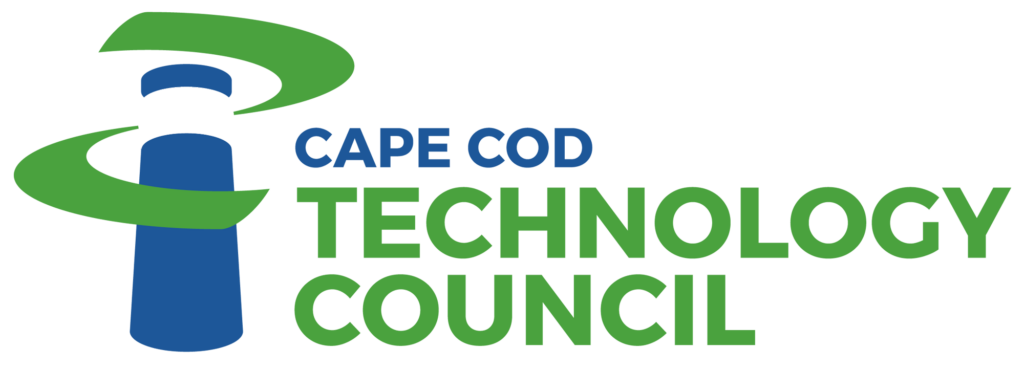At the Infrastructure Committee’s November meeting, we heard from the broadband sub-committee, and a representative from Cape Cod Ocean Community.
Broadband
Sub-committee members reported that the Town of Yarmouth has the results of a feasibility study for a town-owned network. They are in the process of developing a survey to find out what residents are paying, what are they looking for, and what drives their decisions.
In gathering information that would be helpful to towns beginning this process, the sub-committee discovered that the town of Milton has a website dedicated to information on fiber. Like our own committee members, concerned entities elsewhere are trying to make the process easier to understand and replicate. https://www.milton-municipal-fiber.com/
Given the amount of work Milton, Concord, and a handful of other towns have accomplished, the sub-committee has paused to learn from Yarmouth who our audience is and what are we trying to solve.
The Falmouth Main Street project finished the build in November, with site visits to see where it goes into buildings. According to Open Cape, people will have fiber in December.
Cape Cod Ocean Community
Heather Doyle came to the Infrastructure Committee meeting to share information on shark surveillance and the citizen network they piloted last summer. According to the organization’s website, their mission is to:
- Raise awareness and funds to encourage and support the implementation of white shark safety measures, and especially proactive surveillance and detection safety measures powered by technology, for ocean recreation on Cape Cod.
- Strive to minimize the public safety concerns and negative economic impacts associated with the increase in human encounters with white sharks on Cape Cod
Cape Cod Ocean Community’s primary focus is surveillance and detection, and what to do with the information they gather. Heather says the organization is working with the towns, and has a partner in the National Seashore.
This last summer CCOC gave air band radios to volunteers in planes, who radioed to volunteers on the ground. These volunteers alerted beach-goers of any sightings. It’s an ad hoc effort, with volunteers offering flyovers. Since they were not acting in an official capacity, how the towns managed information is unknown. “We see it as another tool for the lifeguards,” she said.
CCOC is also focused on fiber. Mitigation devices like Clever Buoy are not effective without fiber.
CCOC is not satisfied with the Cape Cod shark report released in the fall. Woods Hole is collecting information through a public comment period until December 16, after which it will make corrections to the report.https://www.capecodtimes.com/news/20191116/cape-cod-shark-report-faulted-for-misleading-data-costs
What does success look like for Cape Cod Ocean Community? Heather hopes for incremental progress, better relationships, and the ability to move on decisions. They also have an eye on better cell service on the beaches, and an improved flyover program, with protocols in place.
It was reported that the Clever Buoy pilot program in Newport, CA was deemed a failed study. They felt there were false alarms, and it came off its footings. They also had a policy of visual verification, which resulted in a notification delay.
However, the system still holds promise. The algorithm gets refined over time, and while Clever Buoy was introduced in the context of shark mitigation, it provides much more information that would be of interest to the scientific community.
